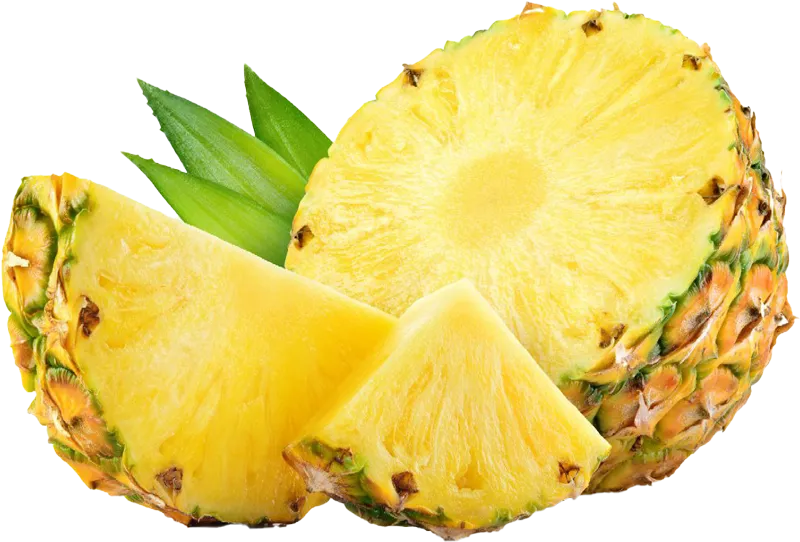Health benefits and nutritional value of pineapple compote

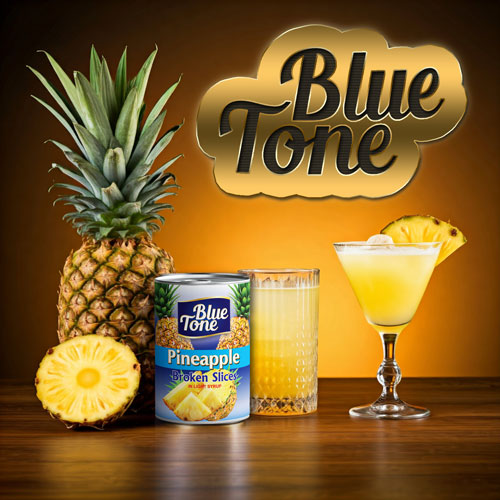
In this article, we delve into the nutritional benefits of pineapple compote for healthing.
We will also explore the versatile applications of this product in various food industries
and demonstrate how pineapple compote can be used as a valuable ingredient in the production of a wide range of food products.
Food preservation
Humans have long sought methods to preserve food and ensure its availability year-round.
This has been particularly crucial during periods of scarcity. Throughout history, various techniques
for food preservation have been developed, some of which are still employed today. In the following, we will discuss some of these methods.
Modern food preservation methods
-
Compote Making
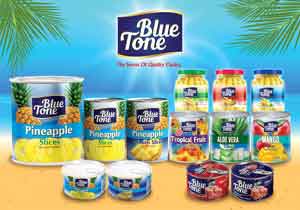
By this method, food is cooked in a sweet syrup made from water, sugar, and occasionally fruit acids,
and then sealed in sterilized containers. This process ensures the food stays fresh and tasty for a long time.
-
Canning
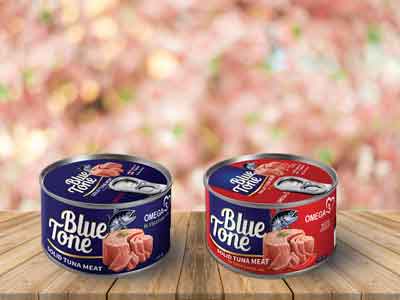
By canning food, we can enjoy a diverse range of foods year-round. This time-tested preservation method involves sealing food in airtight containers
and applying heat to destroy harmful bacteria and enzymes, ensuring a longer shelf life.
-
Freezing
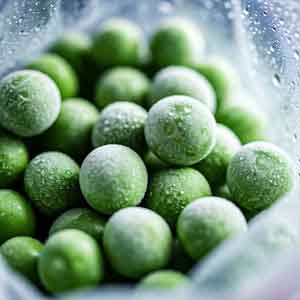
In this method, food items are rapidly frozen at extremely low temperatures to minimize damage to cellular structures and preserve product quality.
By reducing the temperature to freezing point, bacterial activity is halted, allowing for extended food storage.
-
Industrial drying

Industrial drying equipment offers quicker and more efficient food dehydration.
-
The use of preservatives

Preservatives are added to food to inhibit the growth of microorganisms like bacteria, fungi,
and yeast, thereby extending the product's shelf life and preventing spoilage, discoloration, off-odors, and flavor changes.
Traditional food preservation methods
-
Drying

Drying remains a fundamental food preservation method. By eliminating moisture,
we create an inhospitable environment for microorganisms, ensuring food safety and longevity.
Modern drying techniques, while building on traditional methods, offer greater control and efficiency.
-
Salting
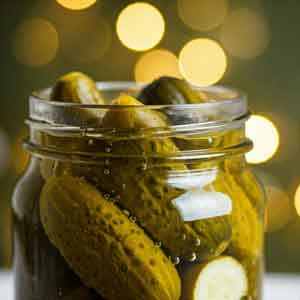
Salting is one of the oldest food preservation methods, used for centuries across the globe. By drawing moisture from food and creating an unfavorable environment for microorganisms,
salt has long been used to extend the shelf life of various items, including fish, meat, and vegetables.
-
Fermentation
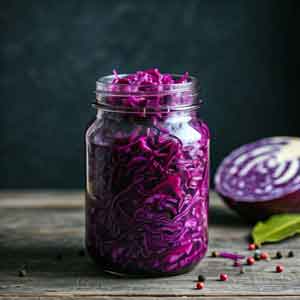
By utilizing beneficial microorganisms, fermented foods experience enhanced flavor and shelf life. Yogurt, cheese, pickles,
and sauerkraut are examples of fermented products. Fermentation typically occurs in anaerobic environments. In these conditions,
microorganisms consume sugars present in food, producing substances such as lactic acid, alcohol, and carbon dioxide. These substances
decrease the pH of the environment, thereby inhibiting the growth of pathogenic microbes.
-
Smoking meat
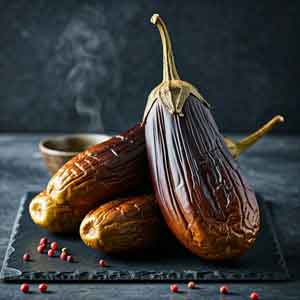
Smoking is an old and traditional method of preserving and flavoring food,
especially meat and fish. In this method, food is exposed to smoke from burning special woods,
which gives them a unique flavor and aroma and also increases their shelf life.
Foods that can be smoked include: meat such as beef, chicken, and fish;
vegetables like peppers, eggplant, and onions; some fruits like plums and apricots; and various types of cheese.
-
Coating food with oil
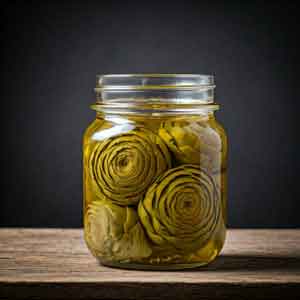
Oiling food has been traditionally recognized as a method to preserve and extend their shelf life.
This method is particularly useful for vegetables and fruits. But how does this method contribute to increasing the shelf life of food?
The oil that coats the surface of food creates a thin, protective layer.
This layer prevents water from evaporating from the food, thus preventing it from drying out,
wrinkling, and spoiling. Additionally, this oily layer reduces the penetration of oxygen into the food. Oxygen is a primary factor in the oxidation and spoilage of food.
Some oils, especially olive oil, contain compounds with antibacterial properties.
These compounds prevent the growth of microorganisms that cause food spoilage.
-
Preserving in syrup
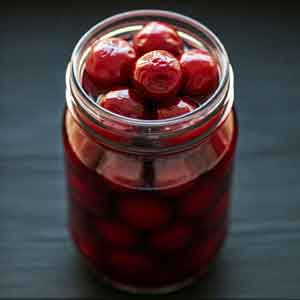
Put in syrup is a traditional and effective method of preserving fruits and certain vegetables for an extended period.
In this method, the prepared fruit or vegetable is placed in a thick syrup made of sugar and water. The syrup acts as
a protective barrier, preventing the growth of microorganisms and oxidation of the food.
What is the purpose of making compote?
In the 18th century, a French scientist named Nicolas Appert pioneered a revolutionary method for preserving food,
now known as the Appert process. He discovered that by heating food in airtight containers and then cooling them,
it could be stored for extended periods. This groundbreaking technique laid the foundation for the modern canning and compoting industries.
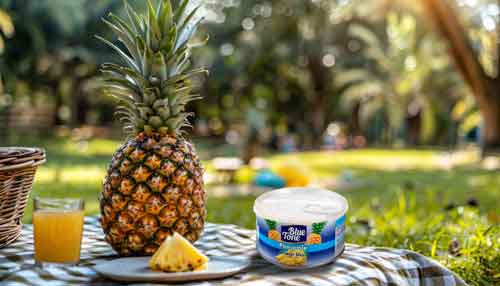
Making compote is one of the oldest methods of preserving food, especially fruits. The main reasons for producing compote are:
-
Food preservation
Through the canning process, such as making compote, bacteria and microbes are eliminated,
preventing fruit from spoiling. This allows fruits to be stored for longer periods and consumed throughout the year.
-
Preserving nutritional value
Although some vitamins and nutrients are lost during the canning process, many of the fruit's nutrients are still preserved in compote.
-
Ease of use
Compote is ready to eat and requires minimal preparation. This makes it perfect for snacks, desserts, and various dishes.
-
Available in all seasons
By making compote, you can enjoy fruits from all seasons throughout the year.
The health benefits of pineapple

Pineapple, a tropical and delicious fruit, is highly regarded for its numerous health benefits.
One popular way to enjoy pineapple is as a compote. Pineapple compote remains a good source of
vitamins and minerals and can be incorporated into a healthy diet.
-
Bromelain
The most important active compound in pineapple is an enzyme called bromelain,
which has anti-inflammatory and analgesic properties, helping to reduce joint inflammation and alleviate joint pain.
-
Better digestion
The bromelain in pineapples helps break down proteins, thus improving.
-
Improving the immune system
The vitamin C content of pineapple contributes to a strengthened immune system and provides protection against common colds and influenza.
-
Improved heart health
The potassium in pineapple helps regulate blood pressure and reduce the risk of heart disease.
-
Skin health
The antioxidants in pineapple help protect the skin from free radical damage and contribute to overall skin health.
-
Weight loss
The fiber in pineapple helps you feel full and can aid in weight loss
Pineapple compote can be used to make desserts, a variety of sweets, and drinks.

Pineapple compote, with its sweet and refreshing taste, is a popular addition to many dishes and desserts.
This delicious fruit can add a new flavor and color to a variety of foods.
Pineapple compote is a popular ingredient in many cocktail recipes.


Blue Tone’s Pineapple Compote Products

Kooshafood company has taken a step forward in enhancing food products by producing pineapple compotes under the Blue Tone brand,
using the finest tropical pineapples. Our products are available in both sliced and ringed formats, packaged in 227g, 565g, and 3kg cans to cater to various needs.
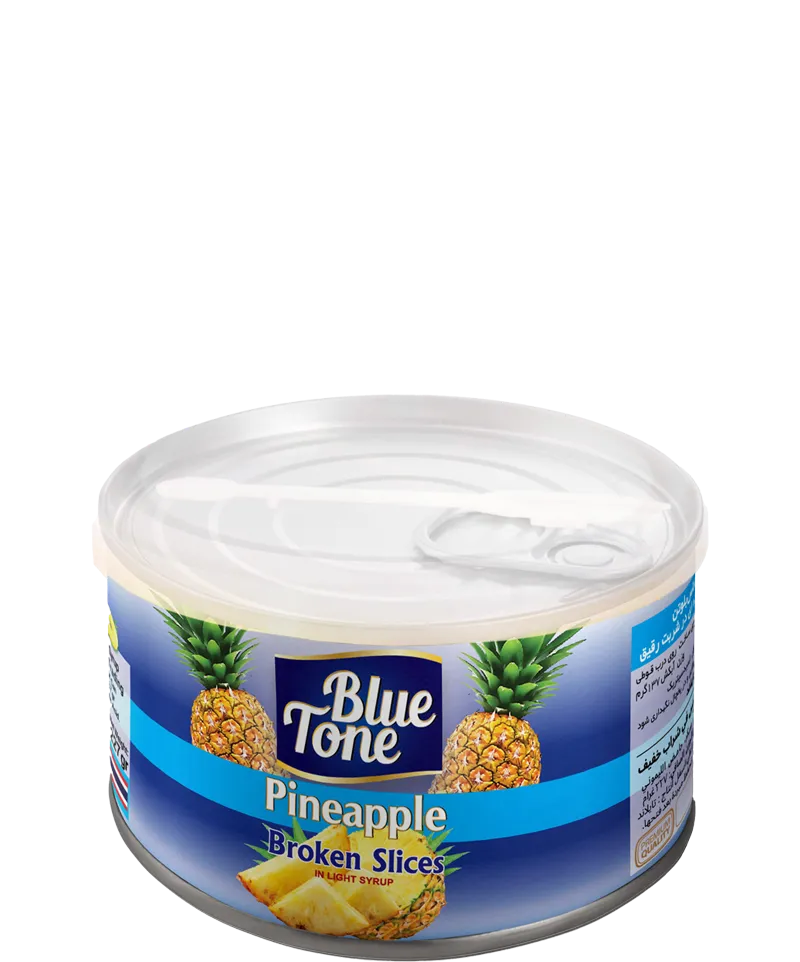
Pineapple Broken Slices 227g
In light Syrup
Metal Can
Product of Thailand
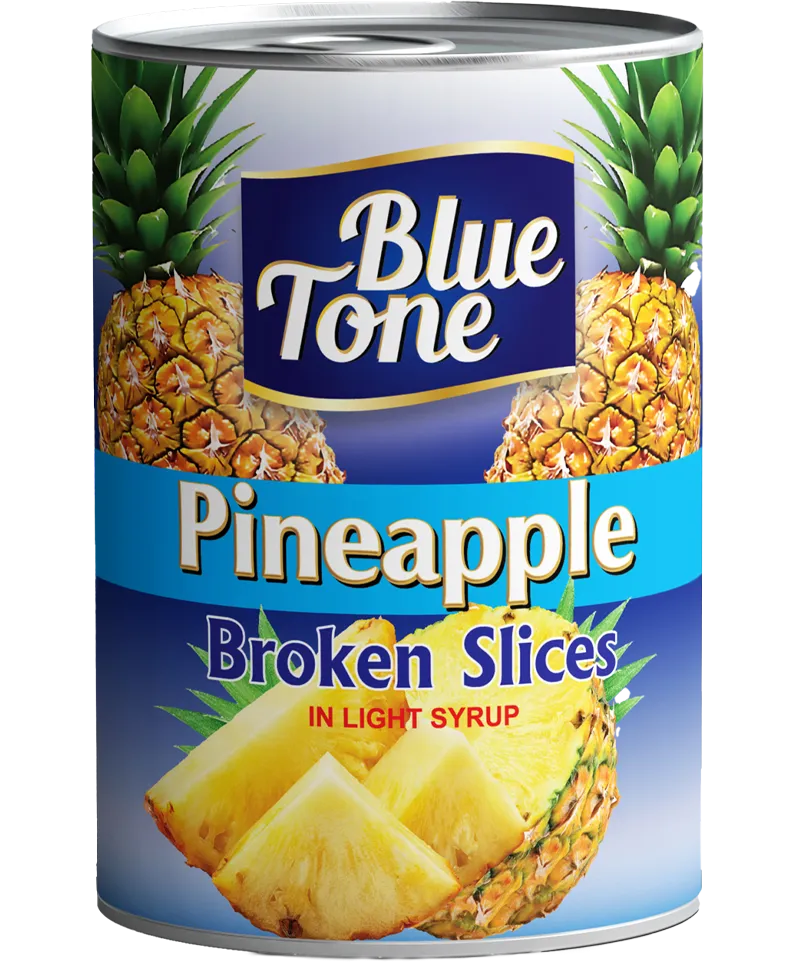
Pineapple Broken Slices 565g
In light Syrup
Metal Can
Product of Thailand
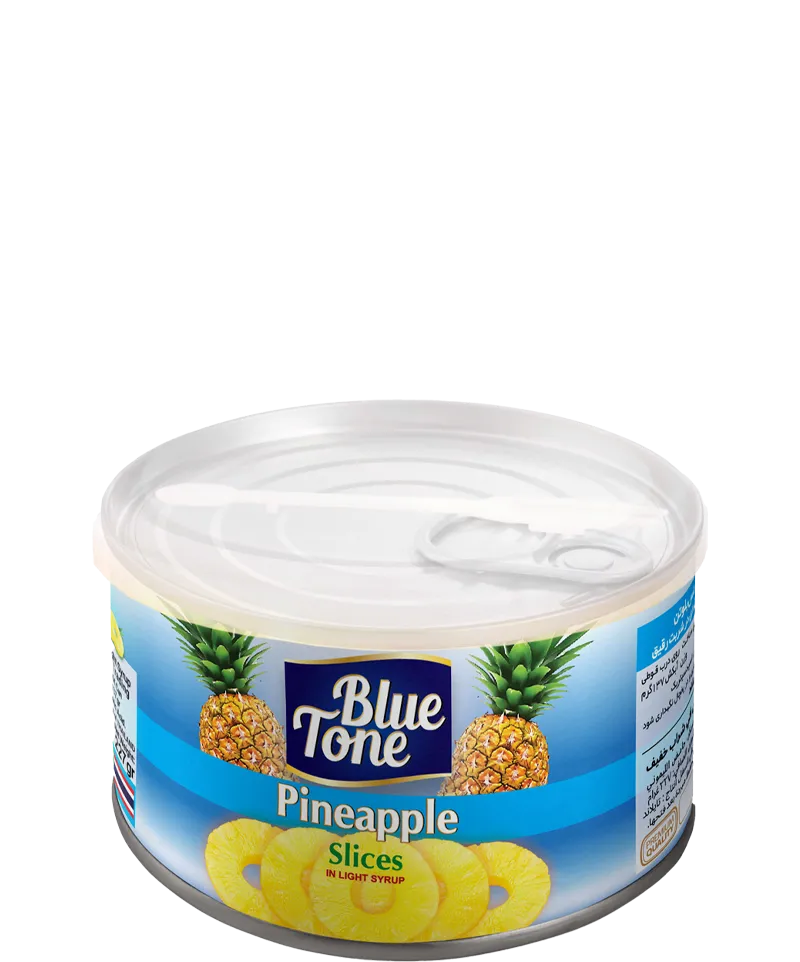
Pineapple Slices 227g
In light Syrup
Metal Can
Product of Thailand
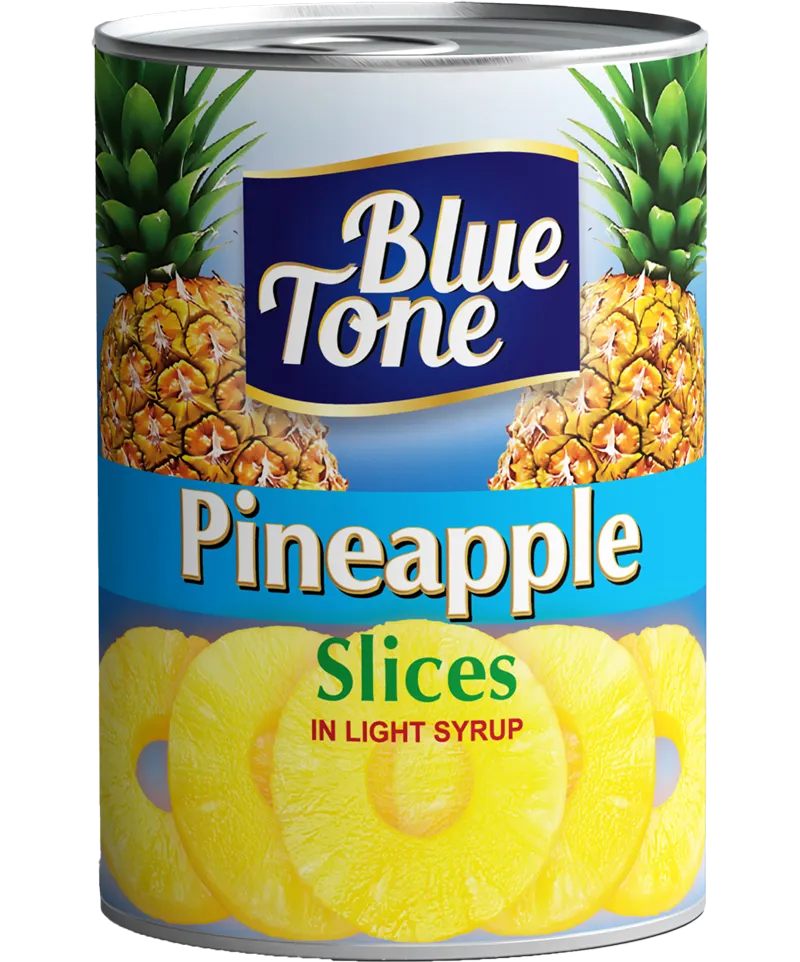
Pineapple Slices 565g
In light Syrup
Metal Can
Product of Thailand
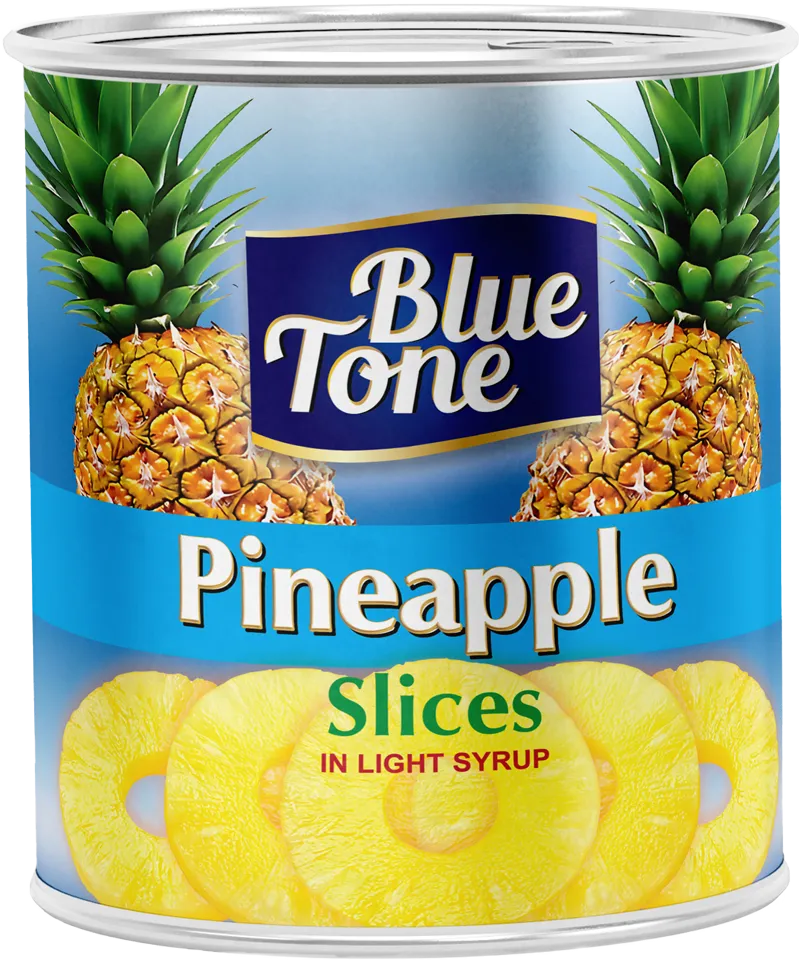
Pineapple Slices 3Kg
In light Syrup
Metal Can
Product of Thailand
Whether you're looking for retail or wholesale quantities, we've got you covered.
Find our products at trusted stores citywide or contact us directly for bulk orders.
























